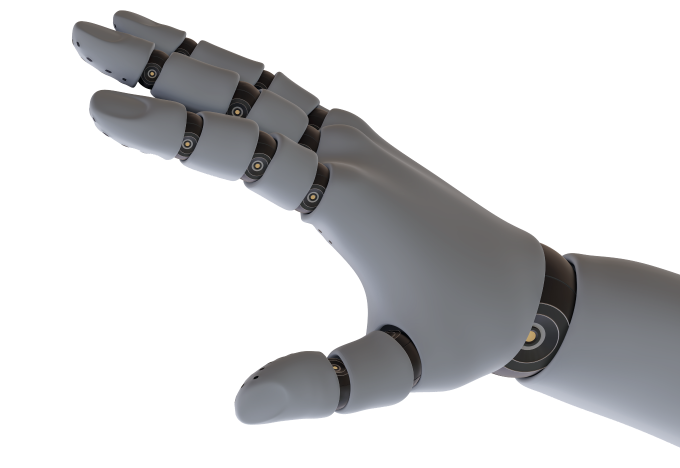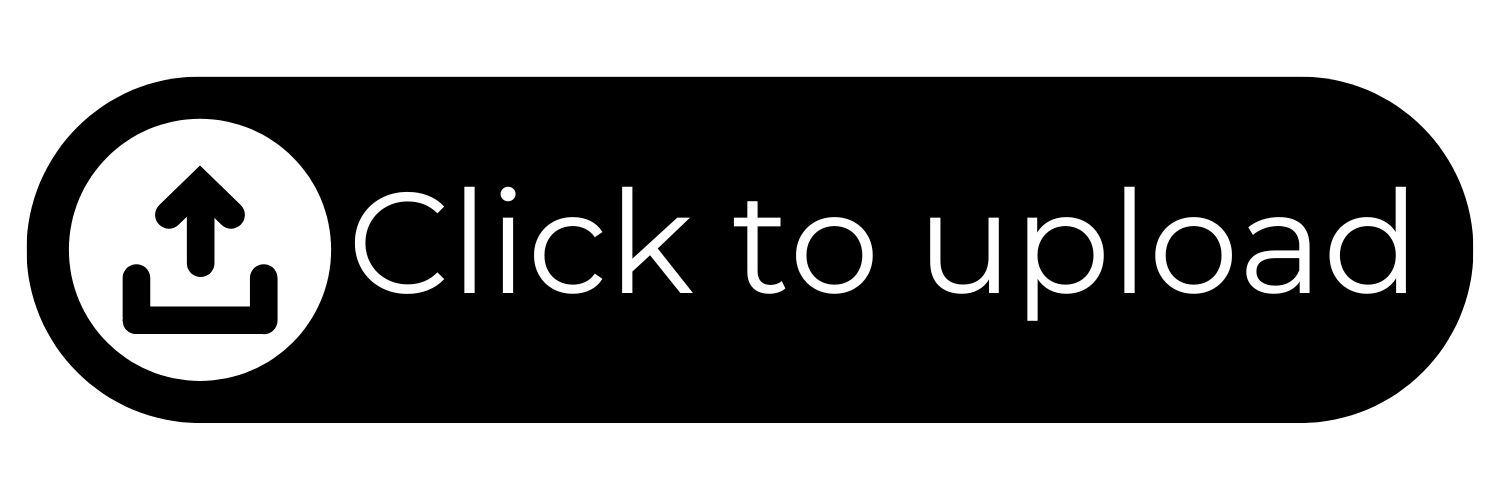The Message and the Momentum
How Communication shapes project velocity

Every ambitious project has two layers of communication: the official layer of documents, slides, and status updates, and the practical layer that actually moves work forward. This second layer is evident in how people listen, what they ask, the context of their exchange, and how quickly they align on next steps. The distance between these layers determines whether teams accelerate or stall.
When communication produces clarity, timelines tighten, productivity improves, and trust grows. It is the most underrated performance multiplier on any team, which is why recruiters who know how to assess someone's communication skills deliver stronger results.
Clarity as a Competitive Edge
Project velocity depends on clarity. Teams move faster when people can align goals, tradeoffs, and decisions without guesswork or multiple meetings. Engineers who bring clarity reduce the cognitive load on everyone around them. They know when to be precise and when to simplify. They understand how to tailor a message to leadership, to peers and partners, and to developing teammates.
For hiring managers, that capability is hard to detect and costly to miss. A candidate who identifies a risk early, clearly frames options, and proposes immediate next steps can prevent small issues from becoming costly problems later. When that communicator joins your team, dependencies resolve sooner and momentum builds.
Recruiting partners who pay attention to how a candidate explains their work are not just matching soft skills; they are pairing strong capability with practical communication that elevates team performance.
Recruiters Who Listen Like Engineers
Technical recruiting parallels engineering: the most valuable information comes from careful listening. Every intake call, feedback round, and follow-up contains key details. The best recruiters interpret those details as engineers read system data, seeking root causes, recurring friction, and the real constraints that shape success.
When a recruiter listens at that level, they can translate requirements into meaningful filters. Not just “five years of verification experience,” but “someone who communicates well across design and validation teams, and can collaborate under a deadline.” That interpretation turns a job req into a placement that integrates quickly and contributes where it matters.
We train our recruiters and account managers to listen for context - the why behind a request, the handoffs that slow things down, and the vocabulary that signals how your team decides. Our teams know the skills, landscape, and industries we serve, and we use AI-based pre-vetting and intelligent search to deepen that understanding. This discipline lets us present candidates who align faster, resolve friction sooner, and keep projects moving.
Turn Communication Into Measurable Outcomes
Fewer meetings for the same decisions
High-signal communicators frame issues, outline options and implications, and prompt decisions. This reduces back-and-forth updates and shortens the path from discussion to action.
Faster time to the first meaningful deliverable
New contributors who ask for context and confirm expectations build traction sooner. Validating assumptions early helps them avoid rework and maintain momentum into future milestones.
Smoother transfers across teams
Shared context lowers error rates at key integration points. When partners agree on terms, responsibilities, and timing, handoffs become smoother and coordination more predictable.
Lower risk through early, calm escalation
Good communicators surface uncertainty early and calmly. They state what’s known, what’s unknown, and what would clarify the unknown, giving leaders fewer surprises and better choices.
Replace Guesswork With a Transparent Hiring Process
Our approach emphasizes the conversation elements that predict how a candidate will communicate once on your team.
Intake that clarifies the path forward
We separate must-haves from nice-to-haves and ask for recent examples where communication created friction in similar work.
Assessing communication in real conversations
We look for practical markers of coherence: how candidates restate problems in their own words, describe options and implications, and check alignment before recommending a course. We verify tool proficiency through hands-on prompts and watch for resumes overloaded with keywords not backed by real experience.
Rapid feedback that tightens the search
We translate interview notes into actionable adjustments. If a candidate is strong technically but struggles to adapt to cross-team settings, we recalibrate immediately. The pipeline improves with each loop rather than drifting.
Onboarding enablement that preserves momentum
We bridge communication and support, ensuring your new teammate understands how decisions are made, who connects with whom, and what success looks like in week one. The goal is to achieve a confident start and make faster contributions.
Communication That Reduces Project Risk
Strong communication isn’t just about positive team dynamics; it’s a risk reduction tool. Schedules slip when issues are hidden in ambiguous updates. Budgets grow when team handoffs falter and work is repeated. Quality drops when assumptions go unchecked.
We help clients lower those risks in three practical ways.
Decision readiness
We use concise briefs, annotated documents, and app-based checklists so hiring managers can review and approve asynchronously. Automated reminders and structured forms keep coordination smooth and avoid delays.
Systems fluency (renamed from Interface awareness)
We prioritize people who understand upstream and downstream impacts. They recognize how their work touches other functions and can explain those dependencies during hiring and onboarding - shortening coordination cycles.
Expectation alignment
We encourage simple alignment checklists for early conversations so teams can confirm owners, timelines, and shared outcomes. This creates consistent expectations at the moment they matter most.
From Talent Partner to Force Multiplier
Finding an engineer with the right skills is the starting point. Finding someone who communicates effectively across different levels and functions can change outcomes.
At Game 7, we recruit for capability and communication. We listen for the language that creates understanding and shape the hiring journey to make communication strengths visible in real conversations. The result isn’t just an accepted offer; it’s a contributor who strengthens collaboration, improves decision quality, and advances delivery.
When conversations produce shared understanding and a decisive next step, projects move with confidence.
Ready to hire for communication that accelerates delivery?
Connect with our team to start your next search with clarity, from intake to onboarding.



